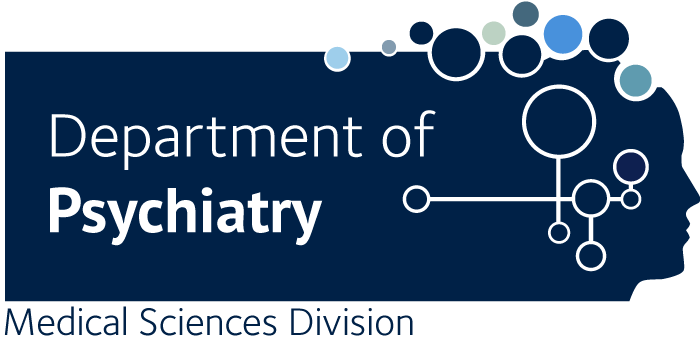Towards collaborative data science in mental health research: The ECNP neuroimaging network accessible data repository
Khuntia A., Buciuman MO., Fanning J., Stolicyn A., Vetter C., Armio RL., From T., Goffi F., Hahn L., Kaufmann T., Laurikainen H., Maggioni E., Martinez-Zalacain I., Ruef A., Dong MS., Schwarz E., Squarcina L., Andreassen O., Bellani M., Brambilla P., Haren NV., Hietala J., Lawrie SM., Soriano-Mas C., Whalley H., Taquet M., Meisenzahl E., Falkai P., Wiegand A., Koutsouleris N.
The current biologically uninformed psychiatric taxonomy complicates optimal diagnosis and treatment. Neuroimaging-based machine learning methods hold promise for tackling these issues, but large-scale, representative cohorts are required for building robust and generalizable models. The European College of Neuropsychopharmacology Neuroimaging Network Accessible Data Repository (ECNP-NNADR) addresses this need by collating multi-site, multi-modal, multi-diagnosis datasets that enable collaborative research. The newly established ECNP-NNADR includes 4829 participants across 21 cohorts and 11 distinct psychiatric diagnoses, available via the Virtual Pooling and Analysis of Research data (ViPAR) software. The repository includes demographic and clinical information, including diagnosis and questionnaires evaluating psychiatric symptomatology, as well as multi-atlas grey matter volume regions of interest (ROI). To illustrate the opportunities offered by the repository, two proof-of-concept analyses were performed: (1) multivariate classification of 498 patients with schizophrenia (SZ) and 498 matched healthy control (HC) individuals, and (2) normative age prediction using 1170 HC individuals with subsequent application of this model to study abnormal brain maturational processes in patients with SZ. In the SZ classification task, we observed varying balanced accuracies, reaching a maximum of 71.13% across sites and atlases. The normative-age model demonstrated a mean absolute error (MAE) of 6.95 years [coefficient of determination (R2) = 0.77, P < .001] across sites and atlases. The model demonstrated robust generalization on a separate HC left-out sample achieving a MAE of 7.16 years [R2 = 0.74,P < .001]. When applied to the SZ group, the model exhibited a MAE of 7.79 years [R2 = 0.79, P < .001], with patients displaying accelerated brain-aging with a brain age gap (BrainAGE) of 4.49 (8.90) years. Conclusively, this novel multi-site, multi-modal, transdiagnostic data repository offers unique opportunities for systematically tackling existing challenges around the generalizability and validity of imaging-based machine learning applications for psychiatry.

